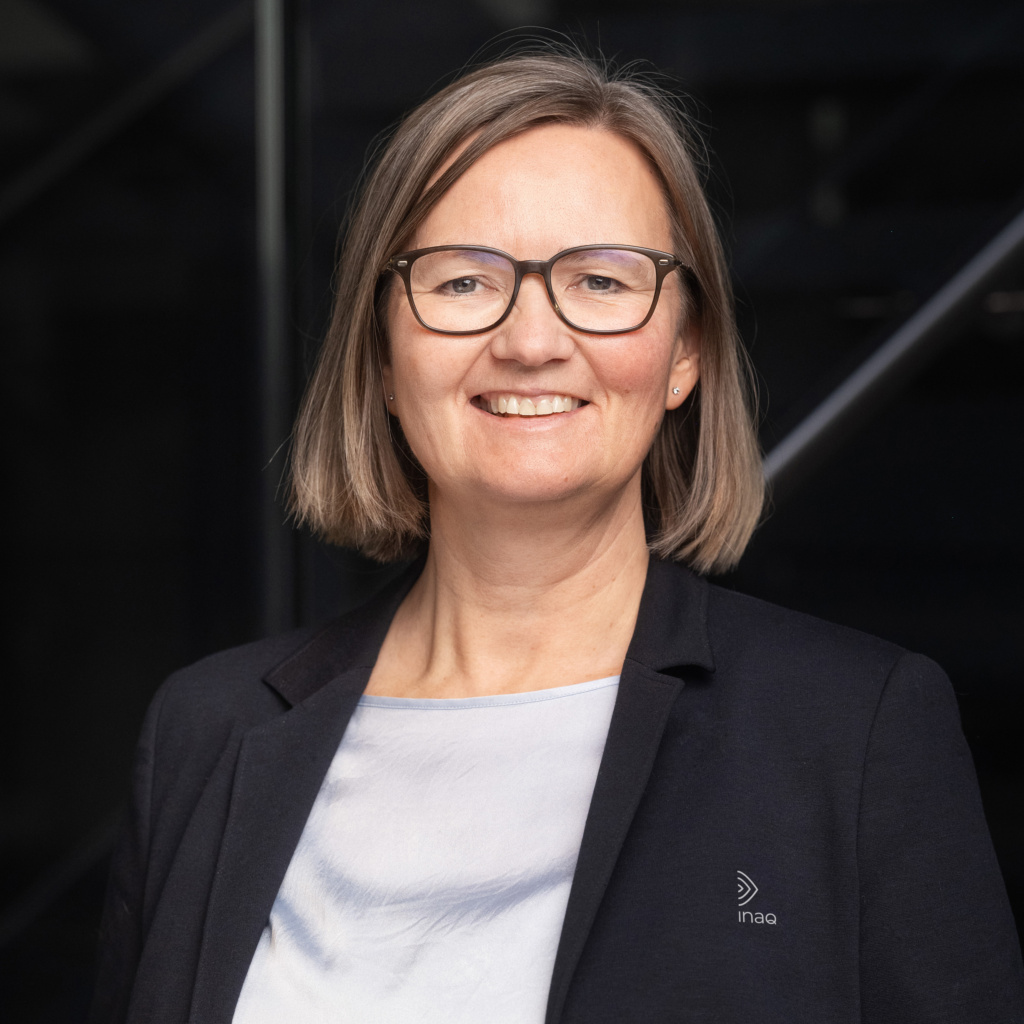First published on intrafish.no May 29th 2024
Seaweed production is aquaculture, and the salmon industry has the expertise, infrastructure, and capital that can help elevate this sector, writes Nina Santi.
Aquaculture is more than fish. Globally, macroalgae account for about 30% of total aquaculture production (wet weight). Asia is responsible for 97% of the production, with 99% of this coming from aquaculture.
However, Europe and North America constitute the main market for products derived from seaweed. To succeed in reaching our common goals of being climate-neutral by 2050, it’s not enough to reduce greenhouse gas emissions; new measures that capture carbon are also necessary. Increased seaweed production can make a significant and crucial contribution here. Aquaculture production of seaweed is in its early stages in both Europe and North America, but scaling up production is taking too long. Building an entirely new value chain is challenging, and this new industry needs support from those who have done it before..

Daily Use
Most of us are not fully aware of the potential in seaweed. We use the products daily without realizing they are part of our diet or an important component of the products around us. 77% of the seaweed produced today is used for human consumption and consumer goods, and this market is still growing. This means there are no available volumes to use seaweed biomass for all the other possible applications. To realize this potential, production must be streamlined and industrialized, and production costs reduced. When most of the seaweed produced in Norway is still cut manually with a knife, it’s evident that a technological sprint is needed for the industry to take the next step.
So, what are the other applications for which we currently do not produce enough seaweed? Sustainable feed is one. In autumn 2022, the government launched a high-priority mission on sustainable feed. This mission encompasses both agriculture and aquaculture, with an overarching goal that all feed for farmed fish and livestock should come from sustainable sources and contribute to reducing greenhouse gas emissions.
When most of the seaweed produced in Norway is still cut manually with a knife, it’s evident that a technological sprint is needed for the industry to take the next step.
The mission also supports a common European goal of increased self-sufficiency and sustainable food systems. The need for feed for food production in Norway is estimated at 2 million tons of fish feed (Norwegian-produced share 8%), 2 million tons of concentrate feed (Norwegian share 55%), in addition to 3 million tons of roughage, where the Norwegian share is almost 100% already. In the initial work related to this mission, seaweed is mentioned but not centrally. This is a bit ‘konstig,’ as the Swedes say, considering seaweed is already a sustainable feed with great potential for increased production. There are no other obvious sources of large volumes of new biomass produced in Norway.
On the Orkney Islands, they even have a special breed of sheep genetically adapted to a diet based on seaweed for large parts of the year.
Long History
Seaweed has historically been an important feed source for sheep. On the Orkney Islands, they even have a special breed of sheep genetically adapted to a diet based on seaweed for large parts of the year. Seaweed also has a tradition as emergency feed for cattle. Some macroalgae can even significantly reduce methane emissions from cows when mixed into their feed. Feed ingredients from seaweed are already integrated into products for pigs, piglets, and chickens and are marketed as an alternative to medicinal zinc oxide, which has been banned in the EU. Seaweed can be used directly in feed for herbivorous fish species, and it can be used as biomass in microbial protein production for feed for other species, including salmon. Seaweed has a lower protein and fat content than desirable to be a central feed source for salmon alone, but nutritionally, seaweed proteins are of similar quality to soy protein, while the lipids are comparable to fish oil.
Feed production from seaweed is sustainable in a way that land-based feed sources cannot match. Growing seaweed does not require land area, and no freshwater is needed at any stage of production. Seaweed can instead help increase production on existing land areas by being used as fertilizer or for biochar production. Seaweed cultivation cleans the sea of nitrogen and phosphorus emissions from other sources, including agriculture and aquaculture. Perhaps the most important and under-communicated benefit of seaweed is that it provides the most efficient biological carbon capture; much more efficient than any land plants. Macroalgae absorb CO2 from both the ocean and the air, thus helping reduce ocean acidification. Have I mentioned that it also releases oxygen into the water as part of photosynthesis?
Climate Battle
Seaweed also has the potential to contribute in other ways to the climate battle. The biomass from seaweed can be used in products traditionally made from fossil sources. A nearby example is biofuel, but an equally interesting alternative is as a replacement for both cardboard and plastic for packaging and wrapping, including food products.
Further development of the seaweed industry requires expertise and technological development in areas where Norway has established competitive advantages. Seaweed production is aquaculture, and the salmon industry has the expertise, infrastructure, and capital that can help elevate this sector. Some, such as Lerøy and Cermaq, have led the way exemplarily, but the aquaculture industry can do more. Instead of being notorious for reducing rainforests, we can contribute to building underwater forests. We have much to gain by helping this industry rise and thrive.
Therefore, ask not what the seaweed industry can do for you, but rather what you can do for the seaweed industry.